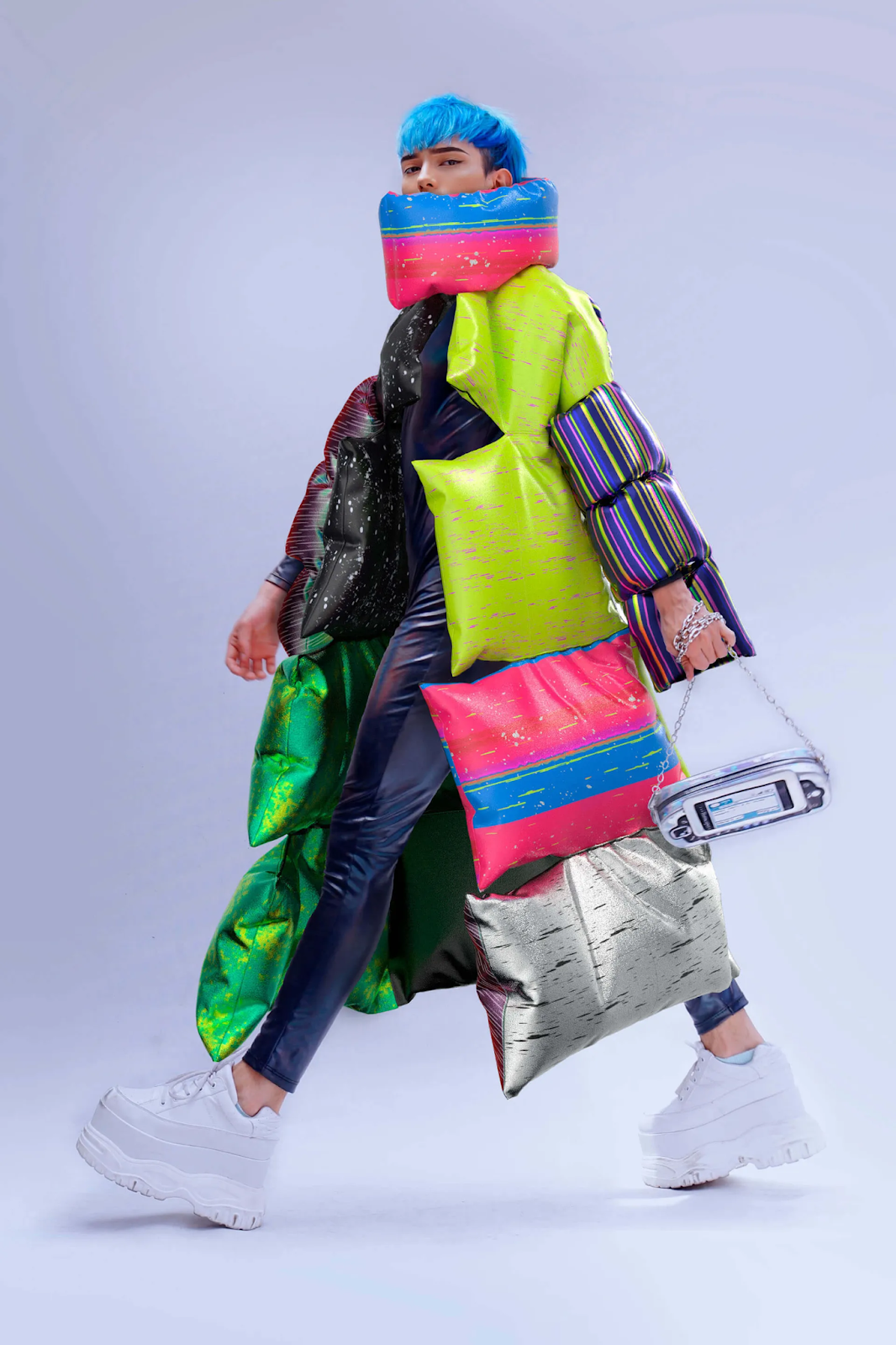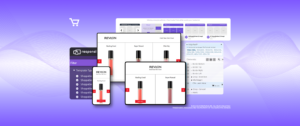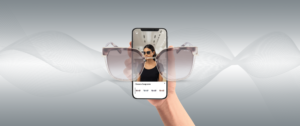The ability to try on clothes digitally has been a long-term goal that tech companies of all sizes are close to reaching. Here’s why.
BY
26 July 2021
AR clothing try-on, both more complicated and more lucrative than its counterparts in cosmetics and accessories, has been elusive. After years of development, that’s now changing, and fast.
With a spate of recent pilots and investments, experts say that realistic AR clothing is getting closer to reality, and the pace of acceleration is increasing. For fashion brands, this could unlock digital clothing sales, increase conversions and decrease e-commerce returns. It would also mark a significant milestone toward the ultimate vision for AR glasses.
AR clothing try-on generally refers to the ability for three-dimensional digital clothing to automatically appear on a person as they move in real time, usually either via their phones but also via laptop or other devices. Unlike a static image that is retroactively fitted in a digital garment, it behaves the same way as Snapchat face filters: when your body moves, the item reacts in sync, responding to the wearer’s movements, measurements and environment in a way that appears to be realistic.
Both startup investors and big tech companies are buying in. Last week, Snapchat parent company Snap Inc. acquired Vertebrae, a company that helps brands like Fossil, Herschel and other European luxury brands create 3D versions of products, for an undisclosed sum. The acquisition will help Snap further its AR shopping and AR apparel plans, the company stated. Snap recently improved try-on capabilities with updates including 3D body mesh, which defines 3D shapes, and advanced cloth simulation, which mimics the way physical cloth behaves. Earlier this month, digital-only fashion platform DressX received a seed round of $2 million from the Artemis Fund, and started testing an app that lets people try on digital clothing in real time, instead of sending in photos to be digitally dressed.
Recent examples offer a glimpse of just how far this has come on the design side. This month, during Paris Couture Fashion Week, designer Clara Daguin “wore” a digital version of her Jacquard by Google-imbedded designs on Instagram, created through a partnership with digital clothing marketplace DressX. A viral video posted by digital sneaker company Rtfkt, the “digital Supreme” brand, revealed various people wearing a whimsical puffer coat on a crowded Paris street. In March, designer Damara Ingles showed someone wearing looks originally created for a virtual reality fashion show, while Farfetch tested apparel try-on with a few Off-White jackets in Snapchat.
In March, an Rtfkt digital sneaker drop sold $3.1 million worth of product. The Paris-based company has been testing real-time AR try-on, pictured, for six months. Rtfkt
There has been a “big leap” in the past three months, says Benoit Pagotto, co-founder of Rtfkt Studios. A lot of the recent AR clothing videos popping up on social media are the result of hardware and software updates from companies including Snapchat and Apple, using better cameras and technology that understands three-dimensional spaces, he says. In addition to Lidar cameras, rapidly improving technologies include markerless body tracking (which detects body motion without physical markers), body segmentation (which separates people from their environment) and pose estimation (which predicts the location of a person), says Matthew Drinkwater, head of the London College of Fashion’s Fashion Innovation Agency. He adds that big tech companies have been pushing research and numerous open-source resources are fuelling experimentation. “This is creating a wave of improved virtual try-on and digital fashion experiences,” Drinkwater says.
Other reasons for advancement have been less voluntary, says Vlad Vodolazov, CEO and founder at clothing try-on app Clo-Z. “People were stuck at home, and it drastically influenced the way they were shopping, so brands are becoming less conservative in terms of technology and online tools to interact with their community,” he says. And the use-cases and the user experience are becoming “better and better,” says Natalia Modenova,






Comments are closed.